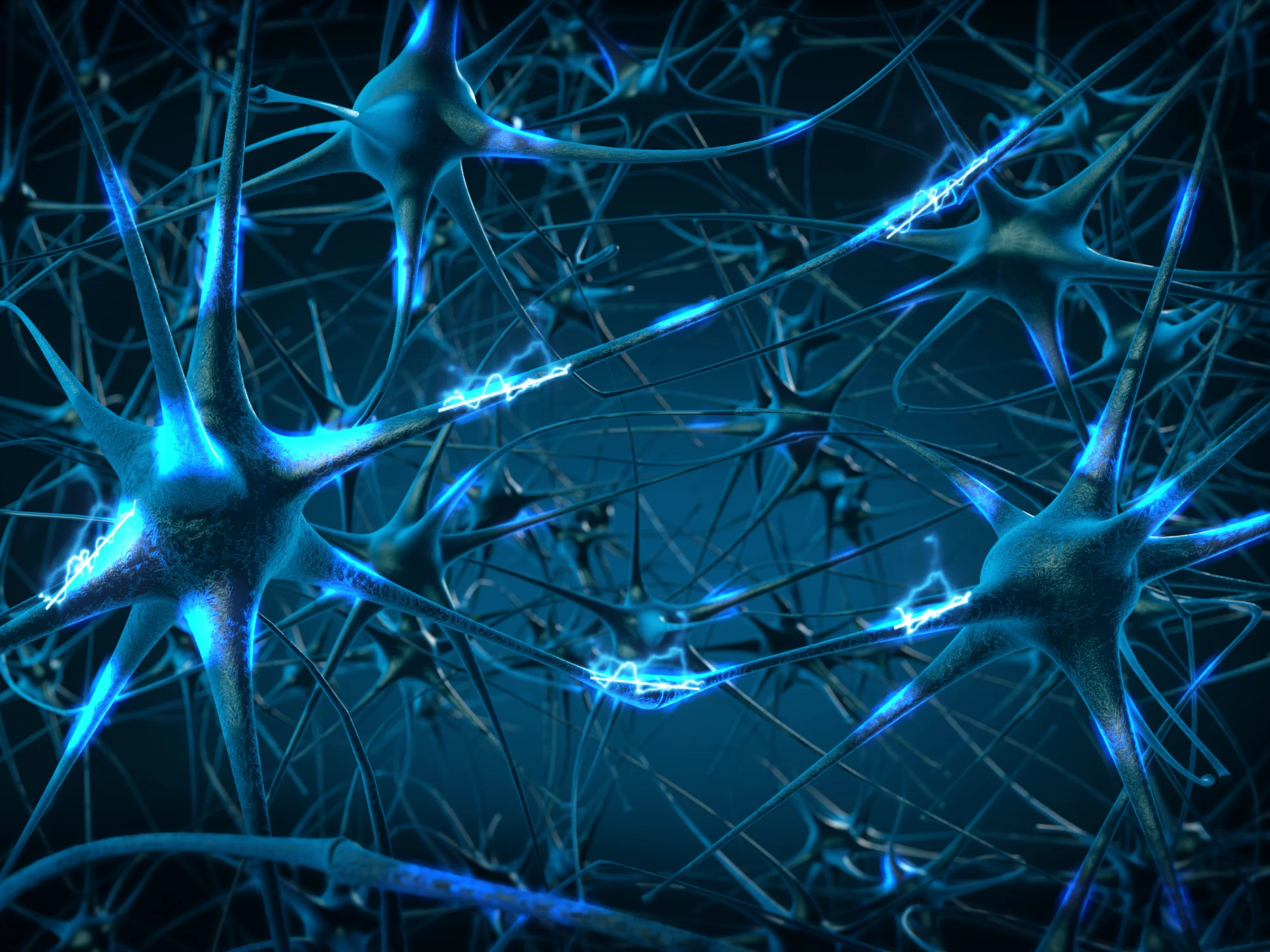Changes in the Ultrastructural Elements of Periodontal Neurotrophic Mechanisms Illustrated by Recent Research
Periodontal disease, a prevalent health concern impacting millions globally, has been primarily associated with bacterial infection and inflammation. However, new research from *Polski Merkuriusz Lekarski* is shedding light on a previously underexplored aspect of this disease’s pathogenesis: the role of damage to the ultrastructural elements of the periodontal nervous system under conditions of coagulation dystrophy.
The Study
A groundbreaking study by Volodymyr V. Hrynovets and colleagues, recently published with the DOI: [10.36740/Merkur202306106], sought to uncover the intricate connections between acute simple coagulation dystrophy and the resulting neurotrophic damage within the periodontium—the specialized tissues that surround and support the teeth.
Methodology
The team, comprised of researchers from Danylo Halytskyi Lviv National Medical University, Uzhhorod National University, and the University of Debrecen, employed an elaborate experimental setup. Ultrathin sections of gum tissue from white rats were prepared using a UMTP-3M device and examined through a UEMV-100K electron microscope to achieve high-resolution imagery of the periodontal ultrastructures.
Findings
The analysis revealed startling observations. Moments after the researchers introduced a hemolysate of isogenic erythrocytes into the rat models, distinct ultrastructural disturbances could be observed. Aggregates of erythrocytes, blood plasma clots, fibrin monomer masses and fibers, as well as platelet and homogeneous microthrombi had formed within the connective tissue of the gums and particular in the lumens of hemocapillaries. These results suggest a link between coagulation dystrophy and periodontal disease through damage inflicted upon the periodontium’s ultrastructural elements.
The researchers concluded that coagulative damage to the periodontal nervous system plays a crucial role in the pathogenesis of periodontal dystrophic damage. This leads to trophic disturbances akin to those observed when the integrity of nerves is compromised, indicating a neurotrophic mechanism at the core of periodontal dystrophy.
Implications for Periodontal Disease Understanding and Treatment
The insights gathered from this study could drive a paradigm shift in how dental professionals understand and approach periodontal disease. Identifying the neurotrophic mechanism as a contributor to the disease’s progression could inspire novel therapeutic strategies aimed at preserving or restoring the structural integrity of periodontal nervous elements.
The Experts Weigh In
The research community has expressed keen interest in these findings. Dr. Anatoliy A. Potapchuk, one of the study’s co-authors, notes, “Understanding the interplay between blood clotting processes and nervous system integrity within the periodontium paves the way for potentially groundbreaking treatment modalities that go beyond current anti-inflammatory and antibacterial approaches.”
Dr. Csaba Hegedűs, a collaborator from the University of Debrecen, emphasizes the importance of interdisciplinary research. “This study underscores the need for continued collaboration between hematologists, neurologists, and dental researchers. Only through such synergy can we hope to unravel the complex pathology of periodontal diseases.”
Future Directions
While the study’s results are indeed promising, the authors are quick to point out that further research is required to translate these findings into clinical practice. Trials involving human subjects, as well as the development of targeted pharmacological interventions that can prevent or reverse the coagulative damage, are next on the research agenda.
The Impact on Patients
For patients, this research could signify a future where periodontal disease is not only more comprehensively understood but also more effectively treated. With potential new therapies on the horizon, individuals suffering from periodontal conditions might soon expect interventions that tackle the root causes of their afflictions at the microstructural level.
Conclusion
The study presented in *Polski Merkuriusz Lekarski* is a stepping stone to a deeper understanding of periodontal health and disease. By highlighting the significance of acute coagulation dystrophy in the pathogenesis of periodontal neurotrophic damage, it invites the medical community to consider the multidimensional nature of seemingly straightforward diseases.
Keywords
1. Periodontal Neurotrophic Damage
2. Coagulation Dystrophy
3. Ultrastructural Elements
4. Periodontium Pathology
5. Trophic Disturbances
References
1. Hrynovets, V. V., Ripetska, O. O., Hrynovets, I. I., Potapchuk, A. A., Almashi, V. V., Hegedűs, C., & Melnyk, Y. Y. (2023). Changes in the Ultrastructural Elements of Periodontal Neurotrophic Mechanisms Under Conditions of Acute Simple Coagulation Dystrophy in the Experiment. Polski Merkuriusz Lekarski, 51(6), 613–619. https://doi.org/10.36740/Merkur202306106
Further references to follow-up with similar studies or complementary research are not provided in the input provided. However, the citation style and DOI are as depicted in the study’s reference given above.
For inquiries and further information on this study, please contact the respective authors or visit the Polski Merkuriusz Lekarski journal website.
